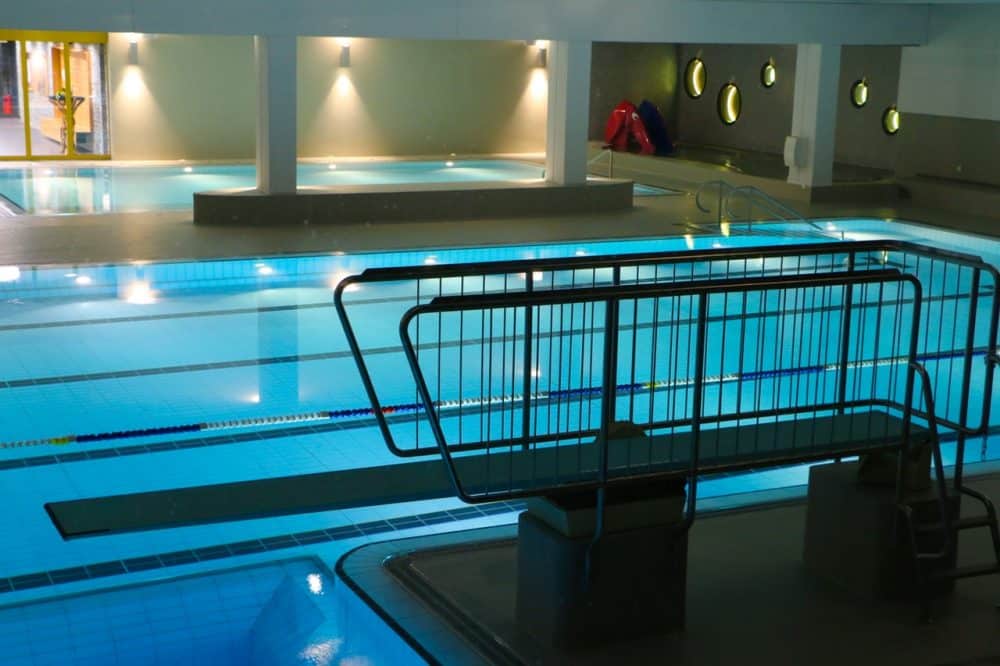
Top Water Safety Tips You Should Know
Families flock to neighborhood pools, lakes, and rivers when the weather begins to heat up, but water safety is important to make sure a day of fun doesn’t end in tragedy. The following tips can help your family enjoy the water with confidence.
#1. Provide “touch supervision” for young kids
Children under 5, and less experienced swimmers should always have an adult who can swim within arm’s reach to provide what is called “touch supervision.” This doesn’t just apply in the actual water; make sure you’re in close proximity to young children who are near pools, lakes, and other bodies of water as well.
#2. Know the signs of drowning
About 9 people die from drowning every day in the U.S., according to 2017 statistics from the National Safety Council. While children 5 and under are at the greatest risk of drowning, it’s still the second-leading cause of death for people between ages 5 and 24. Never leave children unsupervised in a bathtub or near water.
Don’t assume that it’s easy to spot when someone is drowning, either. Watch for these signs:
- Head tilted back. Children will try to keep their airway clear but water may be covering their face if they’re vertical.
- Arms moving downward. Movement like pushing off a desk to stand up from a chair is a sign someone is in trouble and desperately trying to grab onto something.
- Silence. Look for signs of panic or fear on the child’s face. Drowning victims don’t scream for help; they’re hyperventilating or have water in their airways. They aren’t able to exhale, inhale, and yell.
- Remains upright. Be concerned when a child remains upright without evidence of kicking.
- Blank stare and/or no response. A child who is drowning may look toward shore, the pool deck, or up at the sky. If he has a blank stare and isn’t responding, act quickly.
#3. Don’t rely on a life jacket
A U.S. Coast Guard-approved life jacket is important for young kids and inexperienced swimmers, but you shouldn’t rely on a life jacket to save a child. It’s still important to learn how to swim to avoid drifting away in a life jacket.
#4. Have a designated watcher at gatherings
During social gatherings, it’s important to have a designated water watcher, an adult who can swim and watch everyone in the water for signs of distress, drowning, or safety risks. Ideally, someone who can perform CPR on children and adults should be chosen to watch swimmers.
#5. Make sure everyone knows how to swim well
If anyone in your family does not know how to swim, or can’t swim confidently, it’s important to enroll them in age-appropriate swimming classes. Swimming is more than just a sport or recreation; it can save your child’s or family member’s life. Children as young as 3-6 months can begin swim lessons to learn how to be comfortable and safe in the water, but lessons at any age can teach this life-saving skill. If your child has a fear of the water, you may want to consider small group classes to help them overcome their fear and learn to enjoy swimming.
#6. Importance of learning early and correctly.
Learning how to swim correctly from day one helps to build self-esteem and prevents the child from possibly getting hurt. If a child is not coordinated enough to do a legit stroke, they are not coordinated to get themselves out of trouble. The infamous “doogie paddle” just builds a false sense of security. We recommend understanding the fundamentals and mastering each step along the way.
At Into The Swim, we believe in teaching this life-saving skill in a fun way. We offer swimming classes for adults and kids of all ages and for all levels. Whether you want to improve your skills or help your child learn proper swim techniques, you can register for classes year-round!



